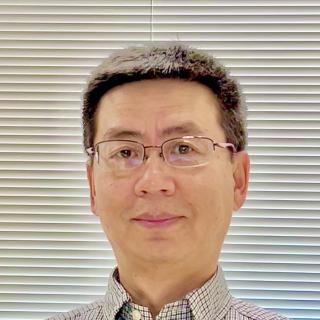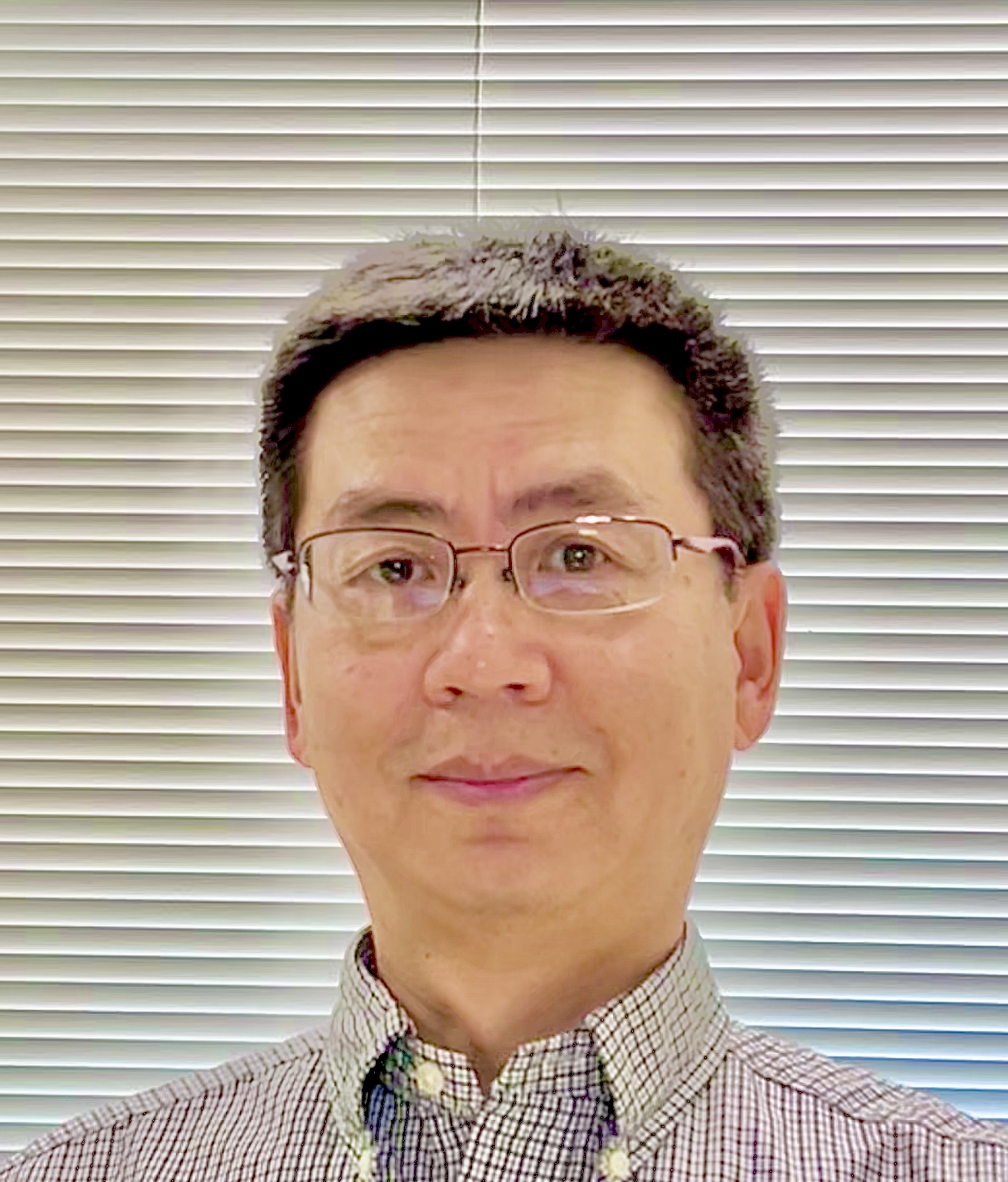
Yawen Bai, Ph.D.
- Center for Cancer Research
- National Cancer Institute
- Building 37, Room 6114E
- Bethesda, MD 20892-4260
- 240-760-7545
- baiyaw@mail.nih.gov
RESEARCH SUMMARY
Dr. Bai’s group is interested in understanding the basic principles that control the dynamic folding/unfolding processes of protein and chromatin using biophysical approaches. The failure of proteins to properly fold can impact their biological activity, while the folding and compaction of DNA are critical for the regulation of gene expression and cell function. Defects in either of these processes can contribute to the development of many diseases, including cancer. Thus, an understanding of their folding mechanisms is critical for the advancement of cancer research, and for the discovery of potential treatment options. Dr. Bai pioneered the native-state hydrogen exchange approach for revealing partially unfolded states of proteins. The recent studies in his group have focused on chromatin structure and dynamics using methyl-based NMR and Cryo-EM methods, which have resulted in structural insights into several important proteins in complex with the nucleosome.
Areas of Expertise

Yawen Bai, Ph.D.
Research
In eukaryotic cells, long DNA molecules are wrapped around specialized proteins called histones, forming a compact structure known as chromatin. At its most basic level, chromatin is arranged into repeating units called nucleosomes. Each nucleosome consists of approximately 147 base pairs of DNA wrapped around a core of four histone proteins (H2A, H2B, H3, and H4), with two copies of each. This structure helps condense DNA while still allowing controlled access for crucial cellular processes such as gene expression and replication. In more complex organisms, such as humans, an additional protein known as a linker histone (H1) binds to the DNA between nucleosomes, forming a structure called a chromatosome (H1 + nucleosome). Linker histones play a vital role in further compacting chromatin into higher-order structures, ensuring that DNA remains properly organized and regulated. Humans possess 11 different variants of linker histones, each potentially influencing chromatin structure in distinct ways. Beyond histones, chromatin structure is also influenced by various other proteins. These include histone chaperones, which aid in nucleosome assembly and disassembly; chromatin remodeling enzymes, which reposition nucleosomes to expose or conceal specific DNA regions; and histone modification enzymes, which chemically modify histones to regulate DNA accessibility. Additionally, transcription factors and kinetochore proteins are essential for gene regulation and chromosome organization. Notably, mutations in histones and transcription factors have been associated with cancer.
To investigate these complex processes and contribute to advancements in cancer therapeutics, we utilize a range of cutting-edge scientific techniques, including nuclear magnetic resonance (NMR), X-ray crystallography, cryo-electron microscopy (Cryo-EM), isothermal titration calorimetry (ITC), and Förster resonance energy transfer (FRET). Our current research focuses on the following molecular interactions, including (i) How histones interact with their chaperones to maintain chromatin stability; (ii) How pioneer transcription factors recognize their native nucleosome targets to regulate chromatin structure and gene activity; (iii) How linker histones together with heterochromatin protein 1 (HP1) contribute to chromatin compaction and gene suppression. By exploring these fundamental mechanisms, we aim to enhance our understanding of DNA organization within cells, with significant implications for gene regulation, cellular development, and disease processes, including cancer.
Publications
- Bibliography Link
- View Dr. Bai's PubMed Summary.
Structural insights into the cooperative nucleosome recognition and chromatin opening by FOXA1 and GATA4
Structural mechanism of synergistic targeting of the CX3CR1 nucleosome by PU.1 and C/EBPα
Structural mechanism of LIN28B nucleosome targeting by OCT4
Distinct Structures and Dynamics of Chromatosomes with Different Human Linker Histone Isoforms
Structural mechanisms of centromeric nucleosome recognition by the kinetochore protein CENP-N
Biography

Yawen Bai, Ph.D.
Dr. Yawen Bai received his Ph.D. in biophysics from the University of Pennsylvania Medical School in 1994. He did his Ph.D. work in Walter Englander's lab, where he developed the native-state hydrogen exchange method to detect partially unfolded states of proteins. He completed his postdoctoral training in Peter Wright's lab at the Scripps Research Institute, where he studied protein folding using multi-dimensional NMR methods. He joined the Laboratory of Biochemistry of NCI as an independent investigator in 1997.
Job Vacancies
We have no open positions in our group at this time, please check back later.
To see all available positions at CCR, take a look at our Careers page. You can also subscribe to receive CCR's latest job and training opportunities in your inbox.
Team
News
Learn more about CCR research advances, new discoveries and more
on our news section.
